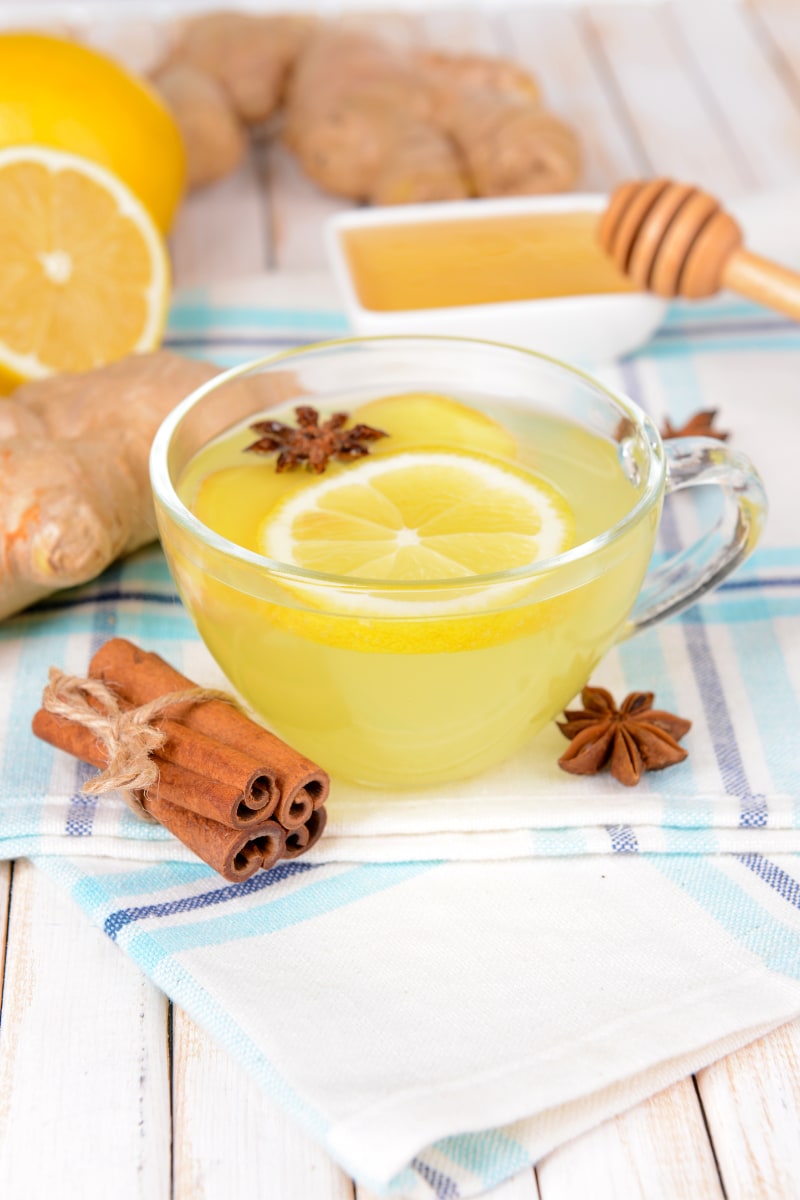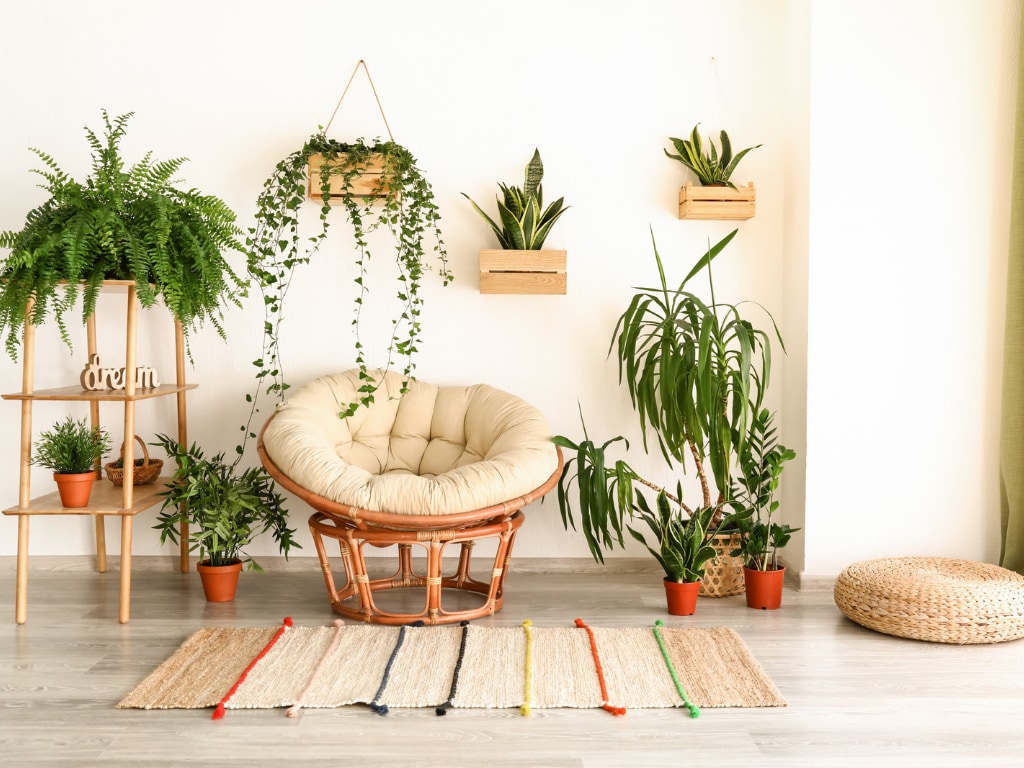
Everyone wants to have flowering plants in their home because they are one of the most beautiful plant categories. Houseplants add aesthetic appeal and comfort to houses and offices, but those who suffer from allergies or asthma may find it difficult to be around them.
You may be wondering if there are any plants that you can bring into your house or workplace without triggering asthma or aggravating your allergies if you have any. Fortunately, the response to this question is YES! So What are the ideal houseplants for asthma and allergies? Which flowering plants don’t cause allergies? Which flowering plants don’t trigger asthma? Let’s explore the allergy and asthma-friendly flowering plants.
Which plants are asthma and allergy-friendly?
The simple answer is any plant that enhances indoor air quality or filters the air while not producing pollen. Generally speaking, plants that rely on insects to pollinate rather than airborne pollen are safer for asthmatics.
Let’s delve a little further than that, though! The following list includes asthma-friendly flowering plants recommended by Asthma and Allergy Foundation of America.
PRECAUTION: Plants should always be purchased using their scientific names, and a reliable reference book should be consulted.
Begonias
Begonia is a genus of flowering perennial plants in the Begoniaceae family. There are over 2,000 distinct plant species in this genus. Tropical and moist subtropical regions are home to the begonia plant. In colder climates, some species are frequently grown indoors as decorative houseplants.
Begonias come in over a thousand different varieties. Tuberous begonias, cane begonias, fibrous begonias, rhizomatous begonias, and other groups may have different flowers and leaves. They are very attractive allergy and asthma-friendly flowering plants.
Except for tuberous begonias, most begonia varieties bloom all year long, which makes them popular houseplants. The best kinds of begonias to grow indoors are those that are rhizomatous and fibrous. Deadheading them frequently helps to maintain their tidy appearance and promote blooms.

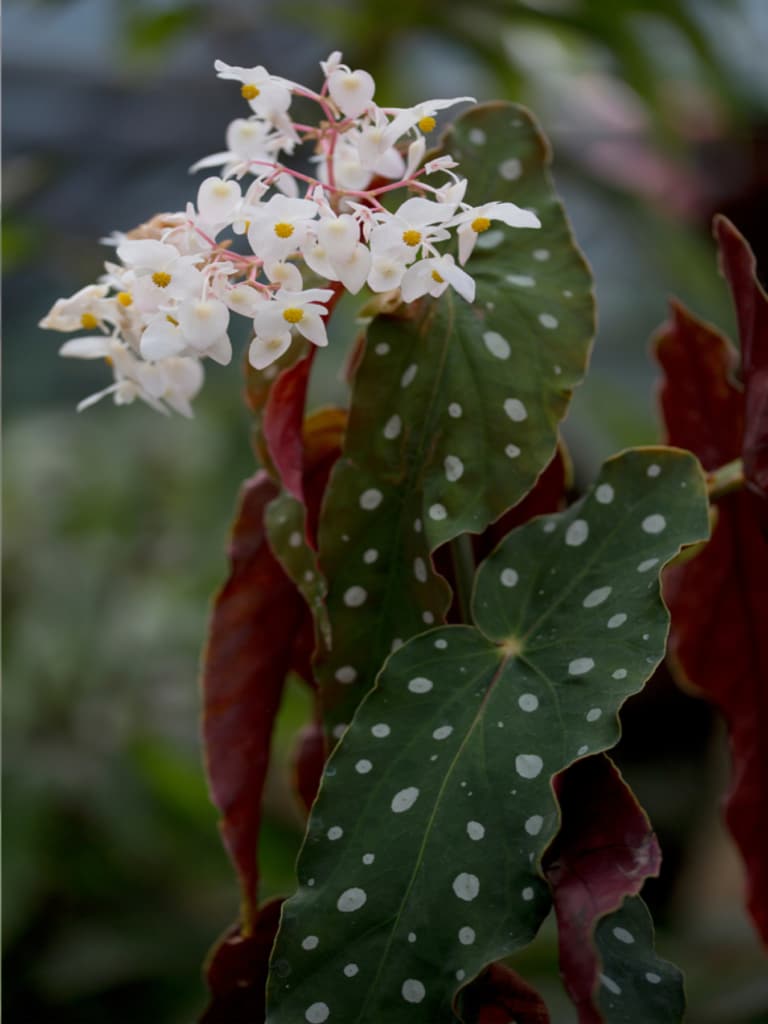
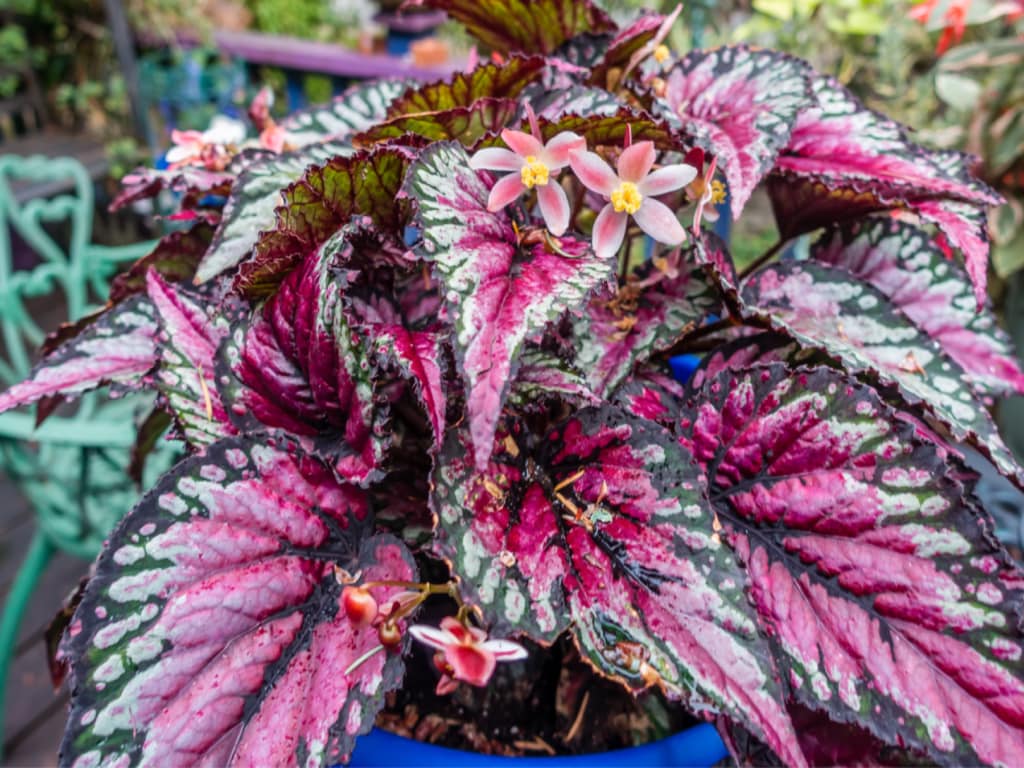
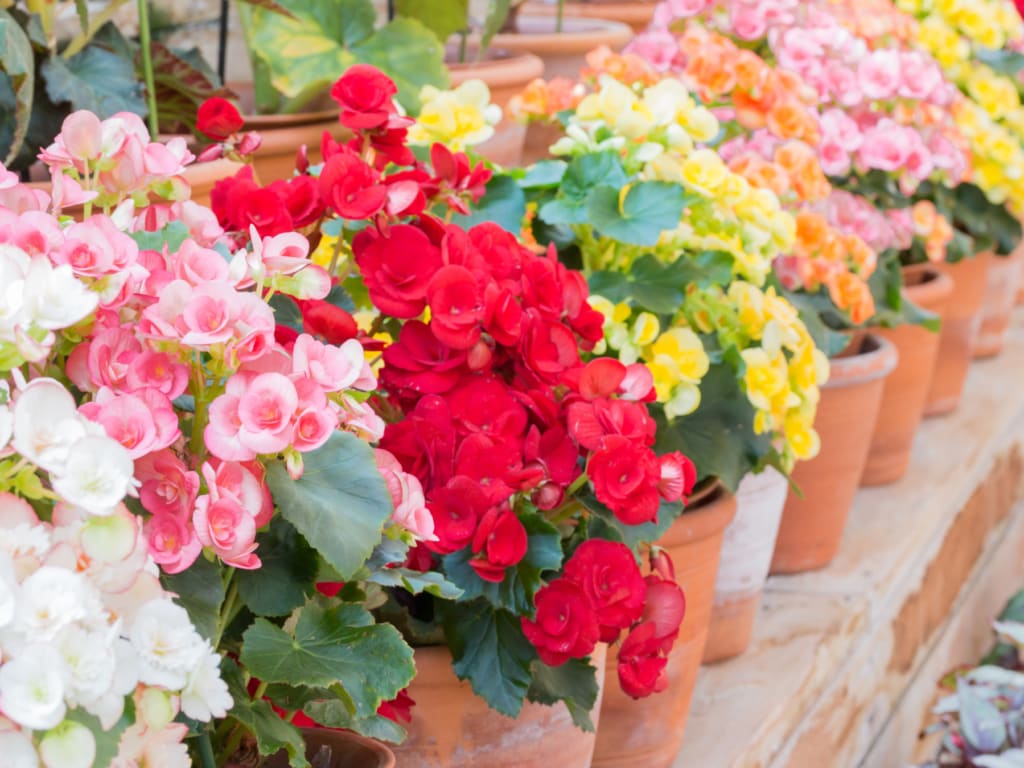
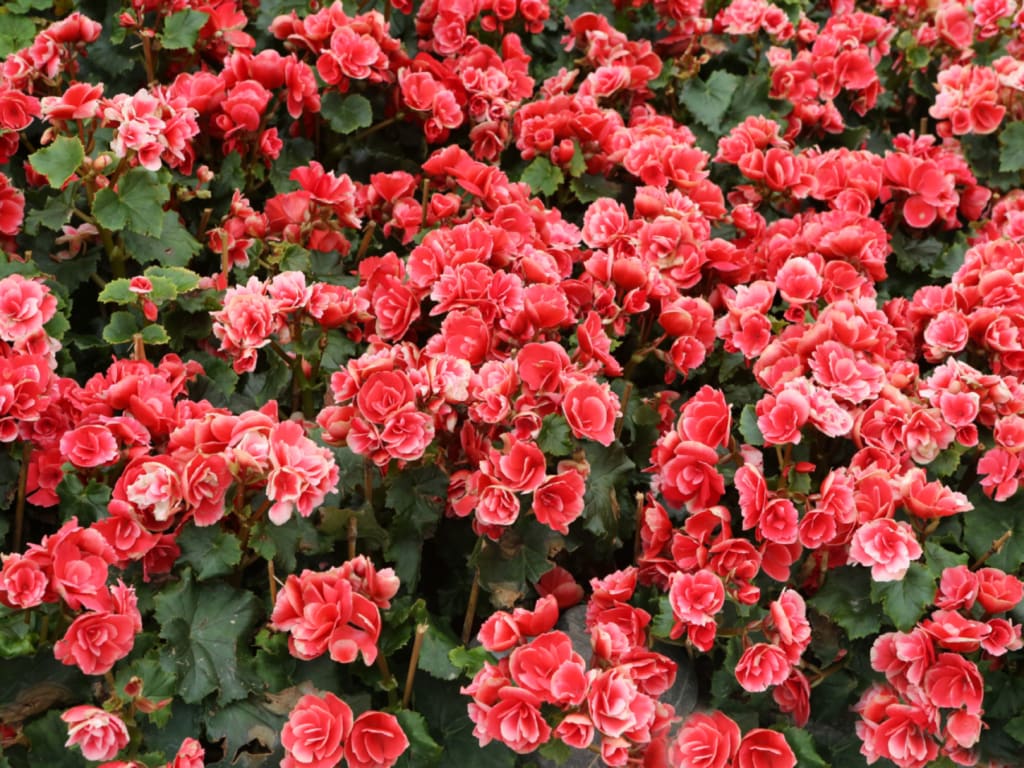
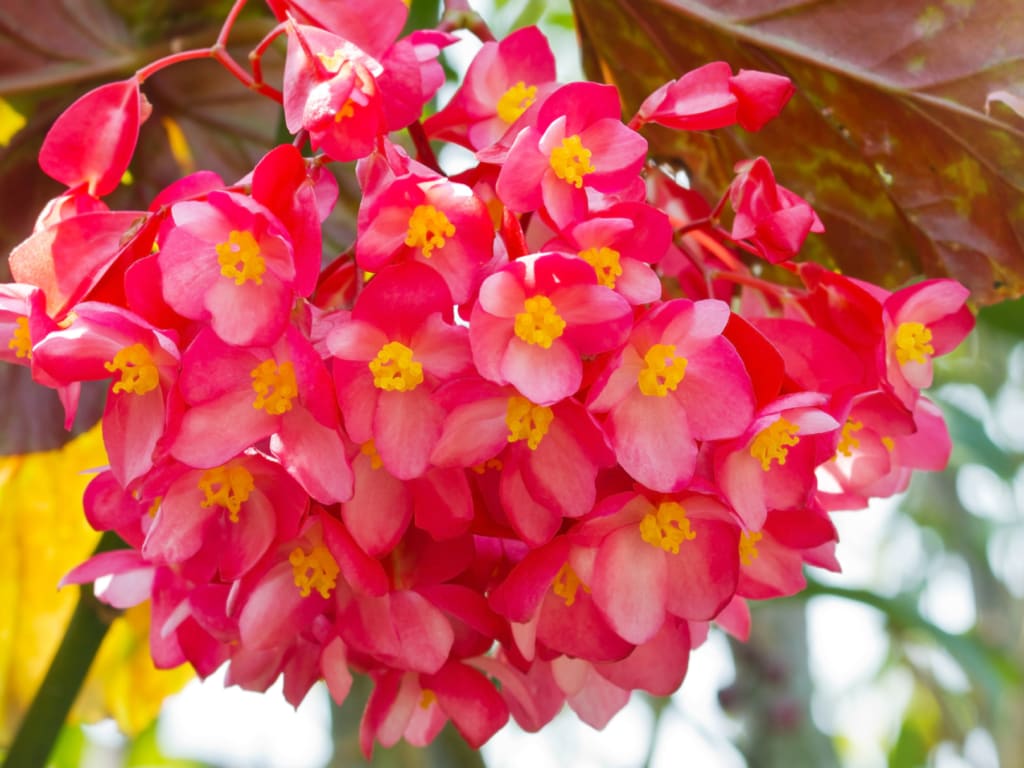
Cacti
A cactus is a member of the Cactaceae family of plants, which includes about 127 genera and 1,750 species.
Cacti are an excellent option for those who have asthma or allergies because of their low pollen count.
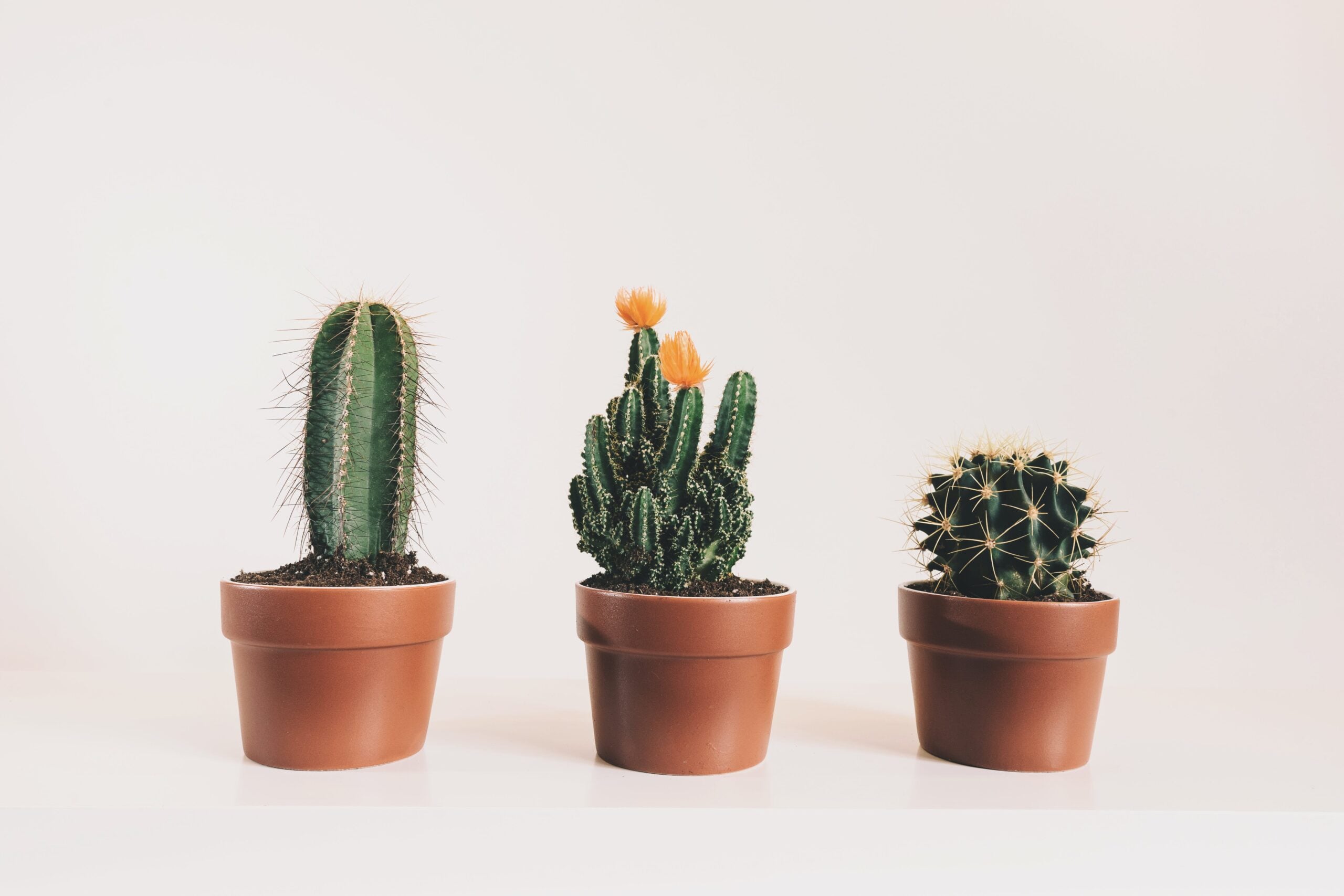
Chenille plant (Acalypha hispida)
The chenille plant, Acalypha hispida, is a flowering shrub that is a member of the genus Acalypha. This plant belongs to the Euphorbiaceae family.
The spurge plant chenille is named after the French word for caterpillar. Its crimson blooms are long and fuzzy, adding textural interest to a sunny flower garden or a homegrown bouquet.

Clematis
Clematis is a genus in the buttercup family, Ranunculaceae. These plants produce masses of flowers in a variety of forms and colors. There are more than 350 different species of clematis.
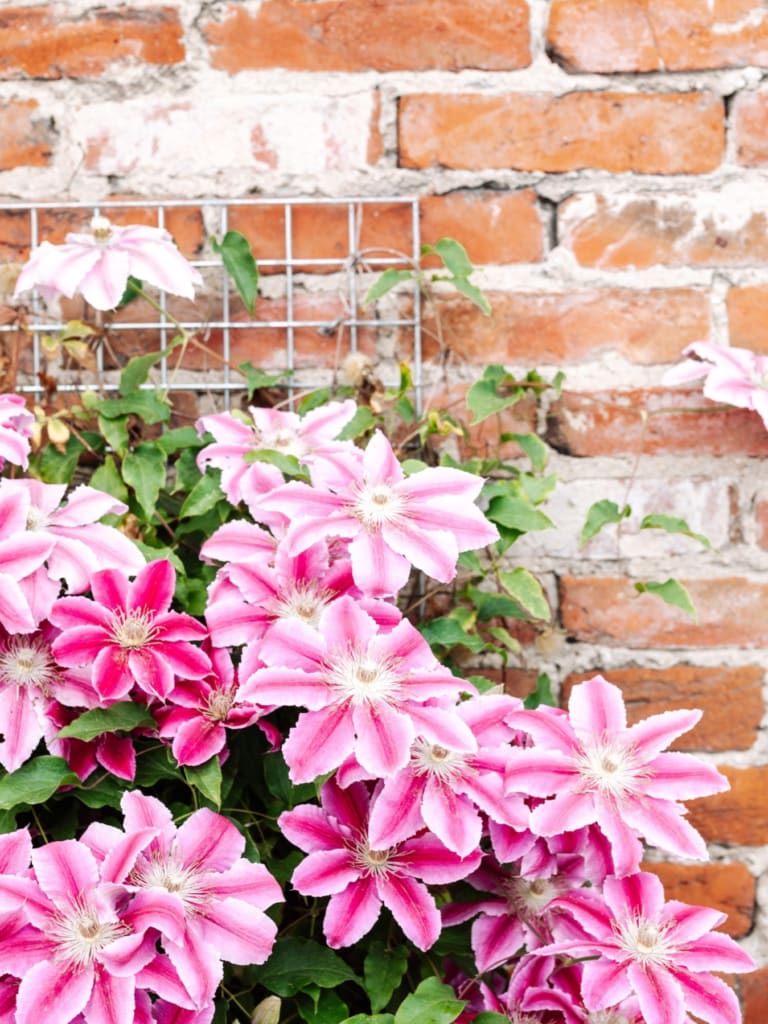
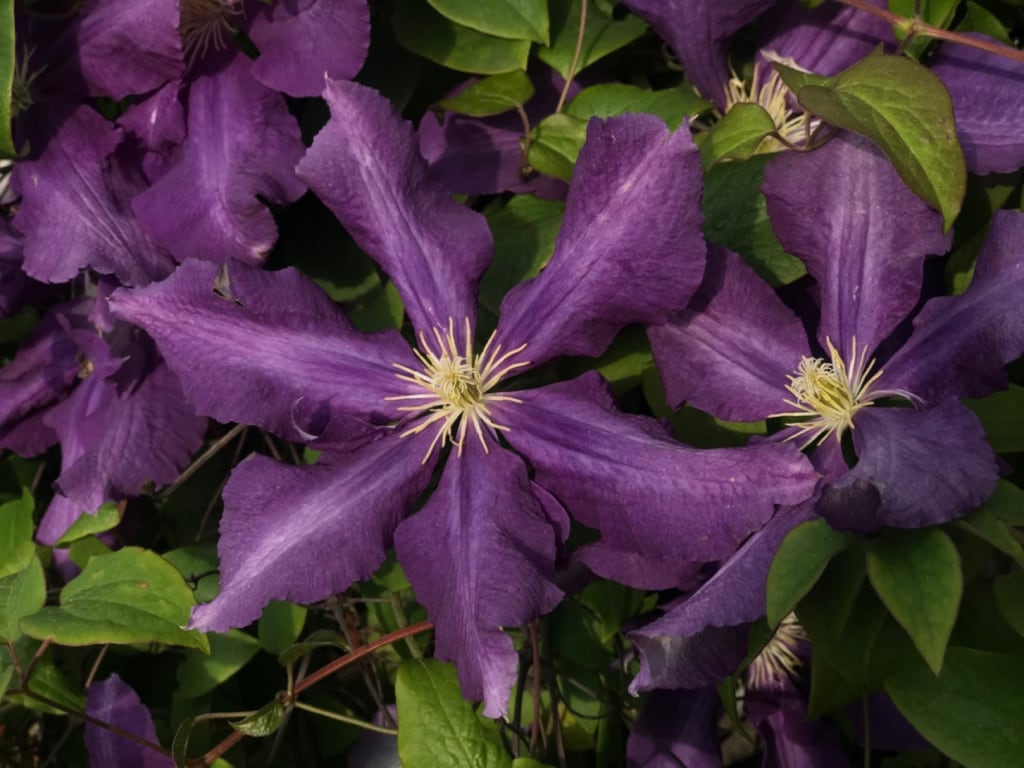
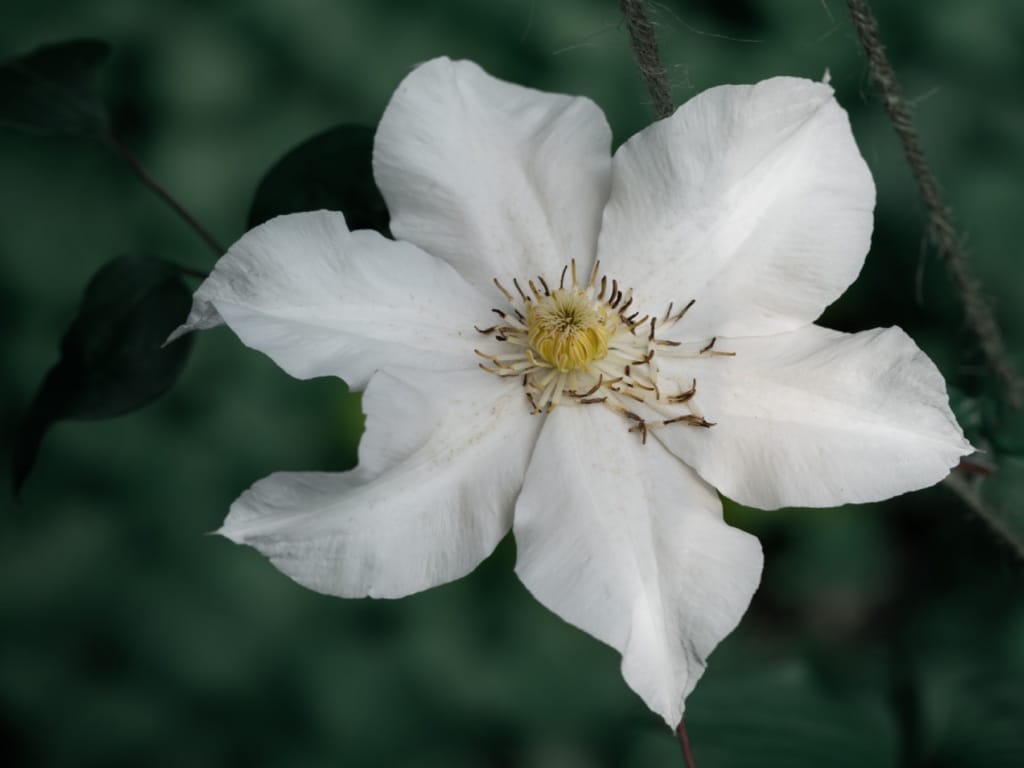
Columbines
Columbines (genus Aquilegia of the family Ranunculaceae), often known as granny’s bonnet, is a spring-blooming perennial flower. They come in almost 100 different species.

Crocus
Crocus is a genus of seasonal flowering plants in the Iridaceae (iris family) that includes approximately 100 species of perennials that grow from corms. They are low-growing plants with underground flower stems that bear rather big white, yellow, orange, or purple blooms before going dormant.
Saffron is a spice derived from the flower of Crocus sativus, also known as the “saffron crocus”.
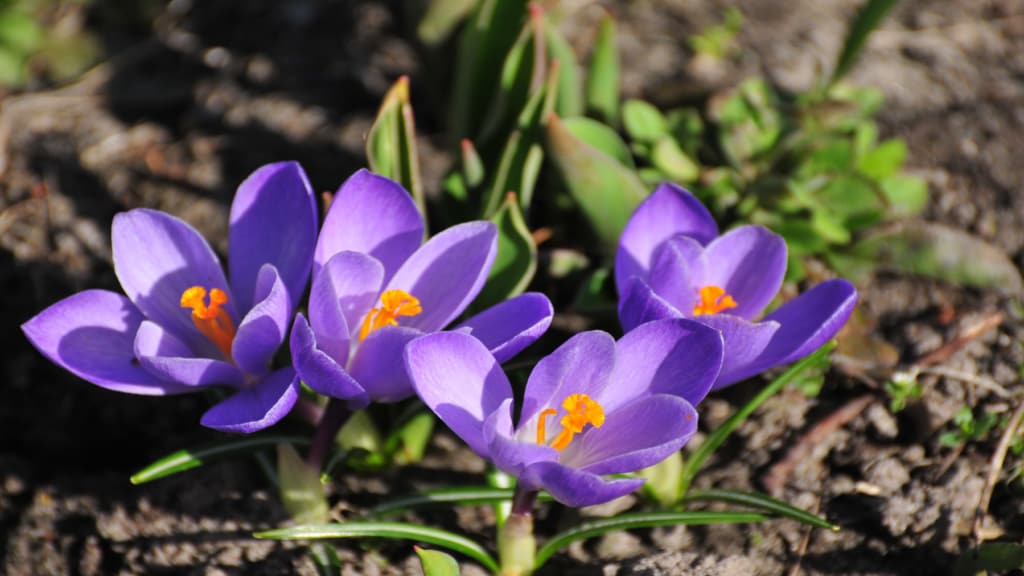
Daffodil (Narcissus pseudonarcissus)
Daffodil (Narcissus pseudonarcissus), also known as common daffodil or trumpet narcissus, is a bulb-forming plant in the amaryllis family (Amaryllidaceae) that is extensively cultivated for its trumpet-like flowers.
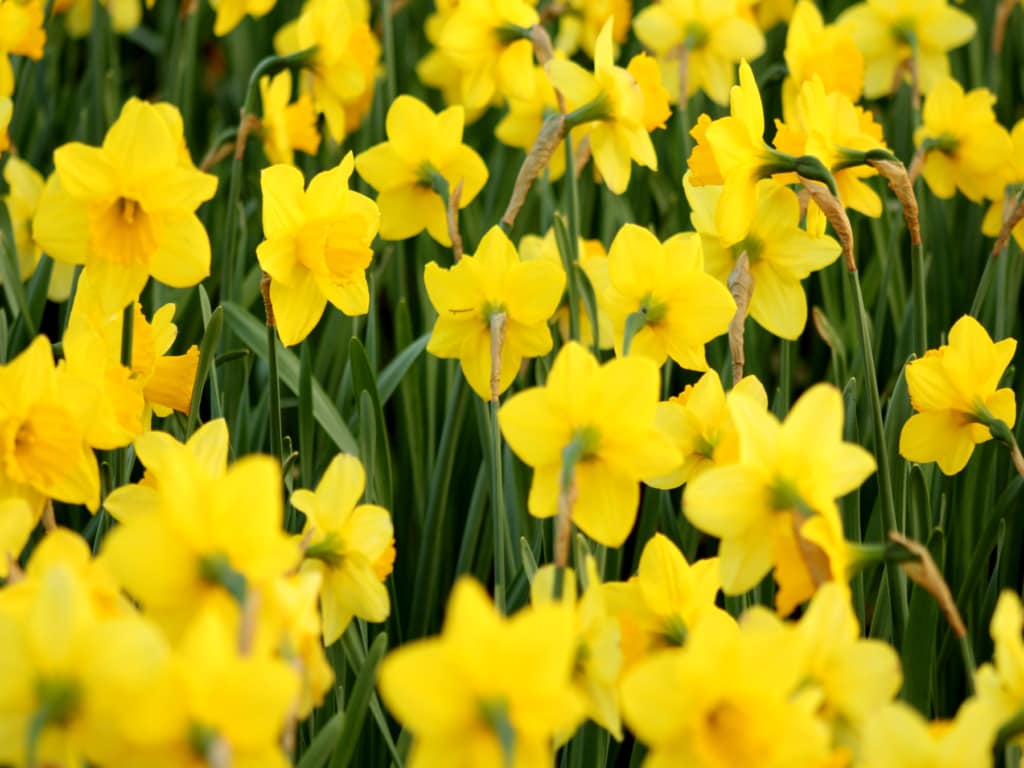
Dusty Miller (Jacobaea maritima)
Jacobaea maritima, also known as Dusty Miller or silver ragwort, is a Mediterranean-native perennial plant species in the genus Jacobaea, family Asteraceae. It was previously classified as Senecio cineraria and is still commonly referred to as such.
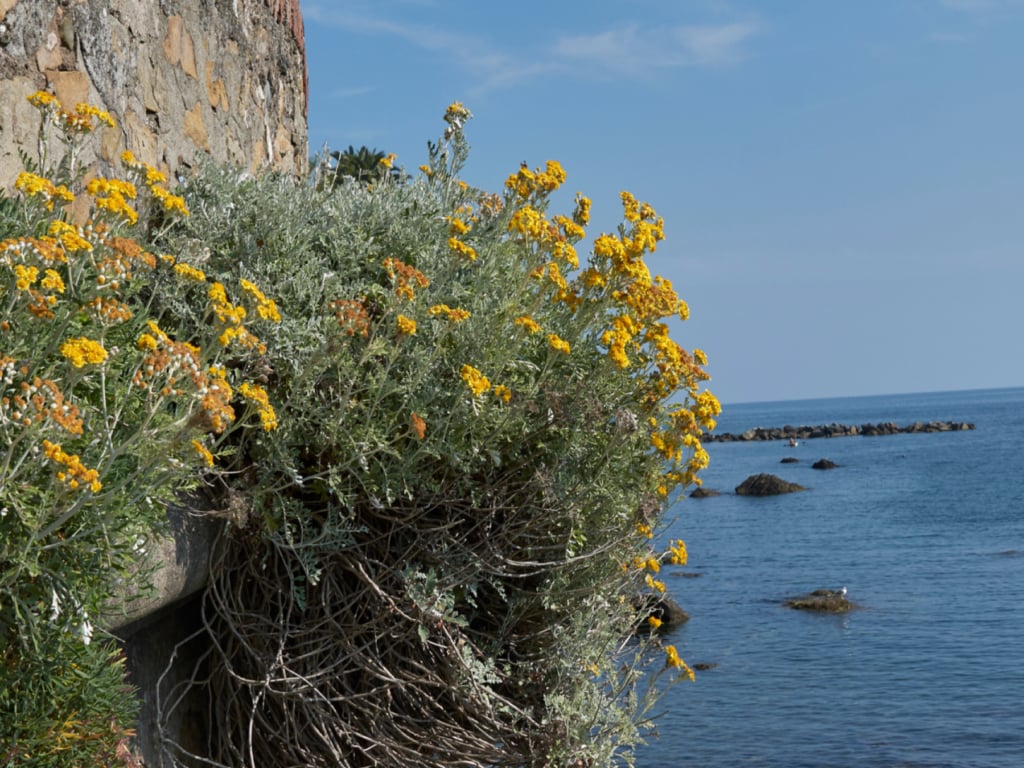
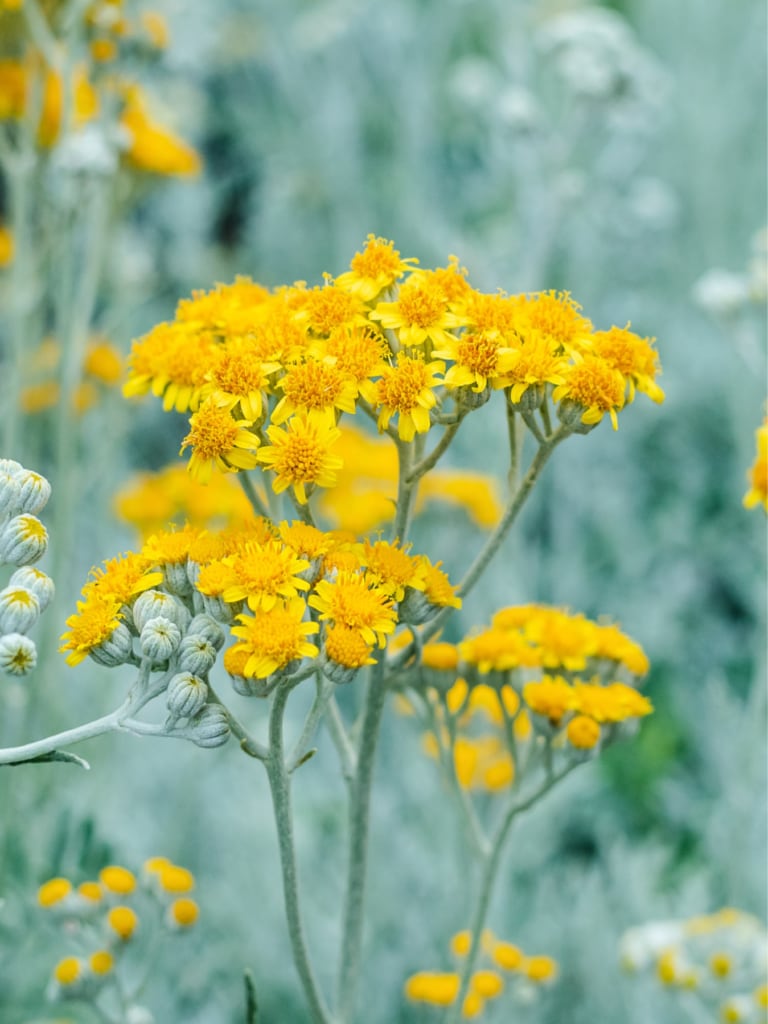

Geranium
Geranium (genus Geranium), commonly known as cranesbill, is any of over 400 species of perennial plants or shrubs in the Geraniaceae family.
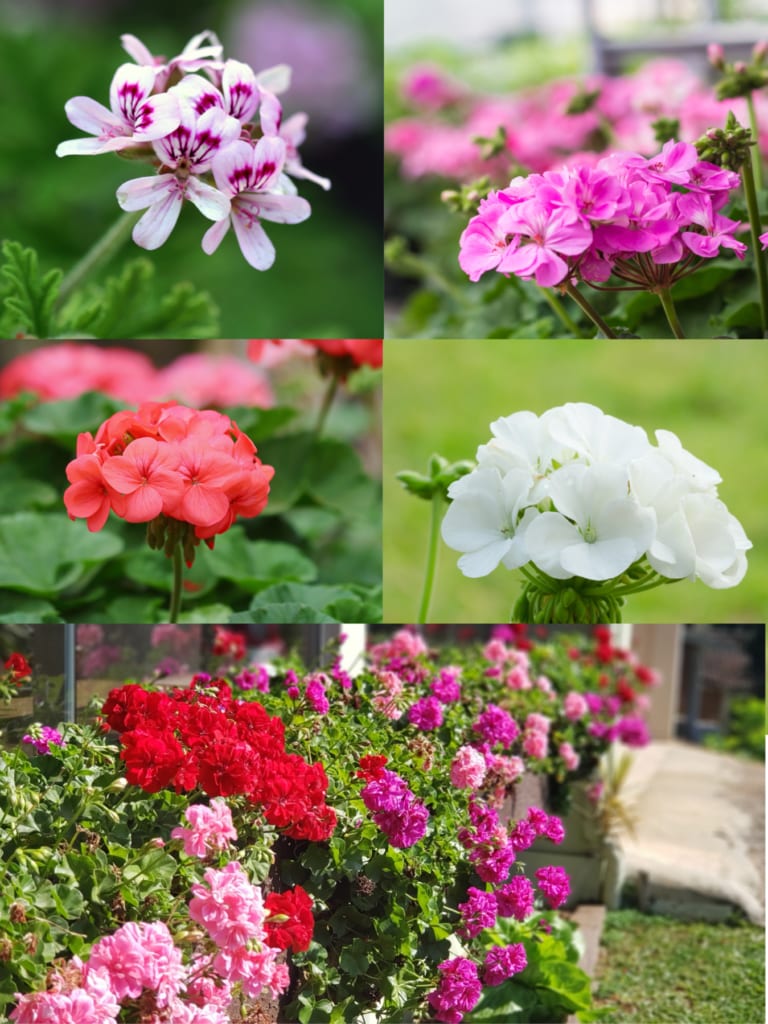
Dahlia (formal doubles)
Dahlia is a genus of bushy, tuberous, herbaceous perennial plants originally native to Mexico and Central America. It is related to the sunflower, daisy, chrysanthemum, and zinnia as it belongs to the Asteraceae family of dicotyledonous plants.
Dahlia flowers are beautiful enough to attract a wide range of insect pollinators. As members of the aster family, dahlias are densely packed with pollen. Some dahlia hybrids, known as “formal doubles,” have almost little pollen. These are the pollen-free staminodes, which are fluffy flowers with many petals and stamens.
Double dahlias, also known as fully double dahlias, have two or more rows of stacked petals surrounding an open disc center, while single dahlias have just one row.
Dahlia pinnata (D. × pinnata) is a species in the genus Dahlia, family Asteraceae, with the common name garden dahlia.
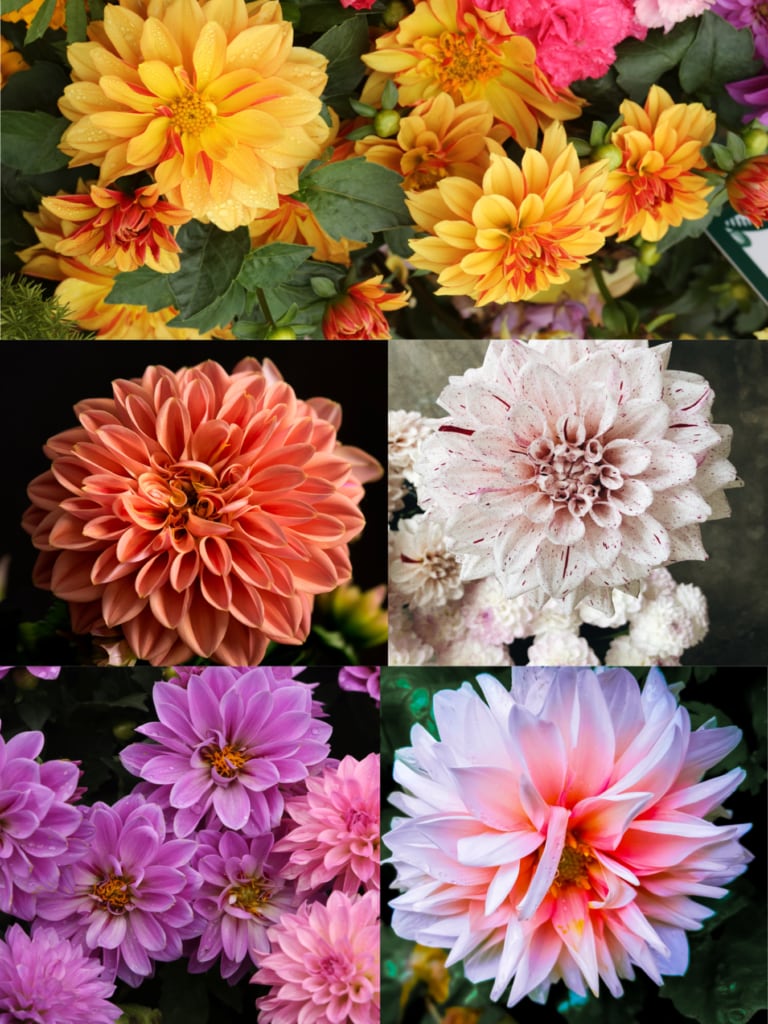
Impatiens
Impatiens is a flowering plant genus in the Balsaminaceae family with over 1,000 species found throughout the Northern Hemisphere and the tropics.
In North America, common names include impatiens, jewelweed, touch-me-not, snapweed, and patience. As a general rule, “jewelweed” is reserved for Nearctic species, whereas “balsam” is reserved for tropical species.
Impatiens and busy Lizzie are by far the most frequent names in the British Isles, especially for the various variations, hybrids, and cultivars including Impatiens walleriana. “Busy Lizzie” appears in American literature as well. In the United Kingdom, the invasive alien Impatiens glandulifera is known as policeman’s helmet.

Iris
The genus Iris contains around 300 recognized species in the family Iridaceae with spectacular blooms. In addition to being the scientific term, iris is also a common name for all Iris species, as well as several from other closely related genera.

Orchid
Orchids are plants in the Orchidaceae family, which is a diverse and extensive collection of flowering plants with colorful and fragrant blossoms. Along with the Asteraceae, they are one of the two largest flowering plant families. There are around 28,000 recognized species in the Orchidaceae, which are divided into 763 genera.
Phalaenopsis, also known as moth orchids, is the most common genus with about 70 species.
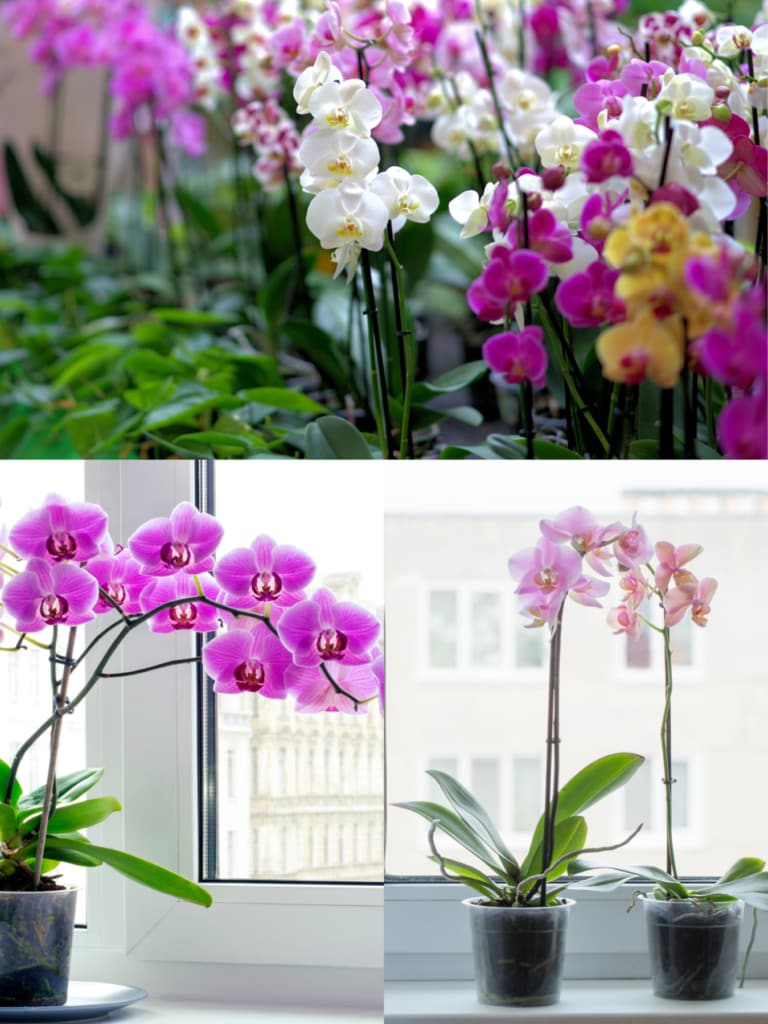
Bird of Paradise (Strelitzia)
Strelitzia is a perennial plant genus of the family Strelitziaceae with five species native to South Africa. Because of the likeness of its blossoms to birds-of-paradise, the genus is sometimes known as the bird of paradise flower/plant.
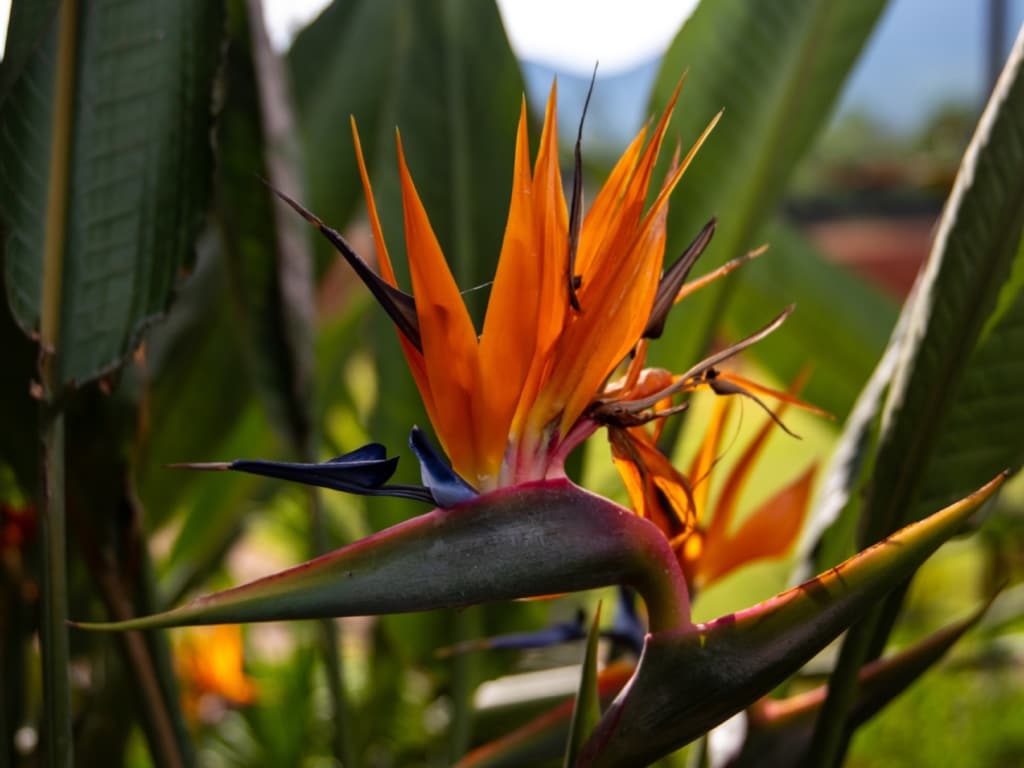
Periwinkle (Vinca minor)
Periwinkle (Vinca minor) is a beautiful evergreen ground cover of the family Apocynaceae with dark green foliage. Depending on the cultivar, the flowers are purple, blue, or white.

Vinca minor has been used in folk medicine to treat heart, nervous system, gastrointestinal, and menstrual problems. It is frequently used to boost “brain health” and memory.

Petunias
Petunia is a genus of about 35 flowering plants in the nightshade family (Solanaceae) that is native to South America. Petunias are one of the most popular garden flowers in flower beds and pots. These are prolific bloomers and come in almost every hue except genuine blue.
They have trumpet-shaped flowers and hairy, sticky leaves on branching stems. There is a lot of variability within the Petunia genus. The majority are hybrids with single or double blooms, ruffled or smooth petals, striped, veined, or plain colors, mounding or cascade growth patterns, and even smell.
While some types have little flowers that are only about an inch across, others have flowers that are as huge as 6 inches (15 cm) across.
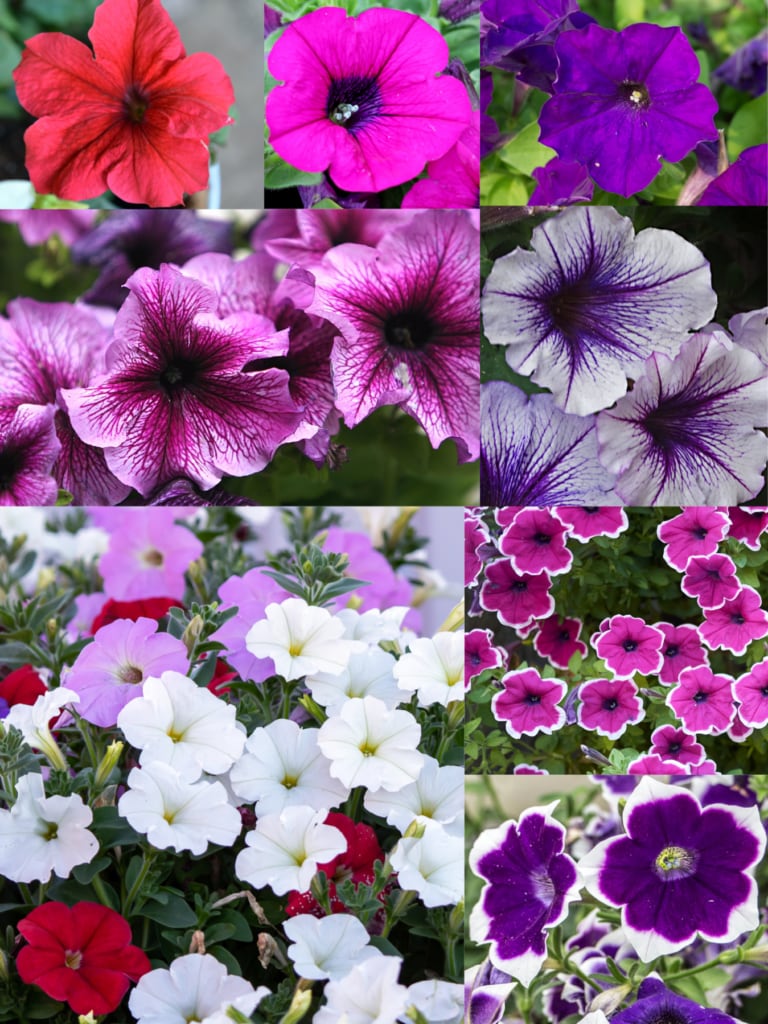
Phlox
Phlox, also known as “garden phlox” or “summer phlox,” is a genus of 67 perennial and annual plants in the family Polemoniaceae. They are generally found in North America (with one exception in Siberia) in a variety of habitats ranging from alpine tundra to open woodland and prairie.
Some bloom in the spring, while others bloom in the summer and fall. Flowers come in a variety of colors, including mild blue, violet, pink, vivid red, and white. Many of them are aromatic.
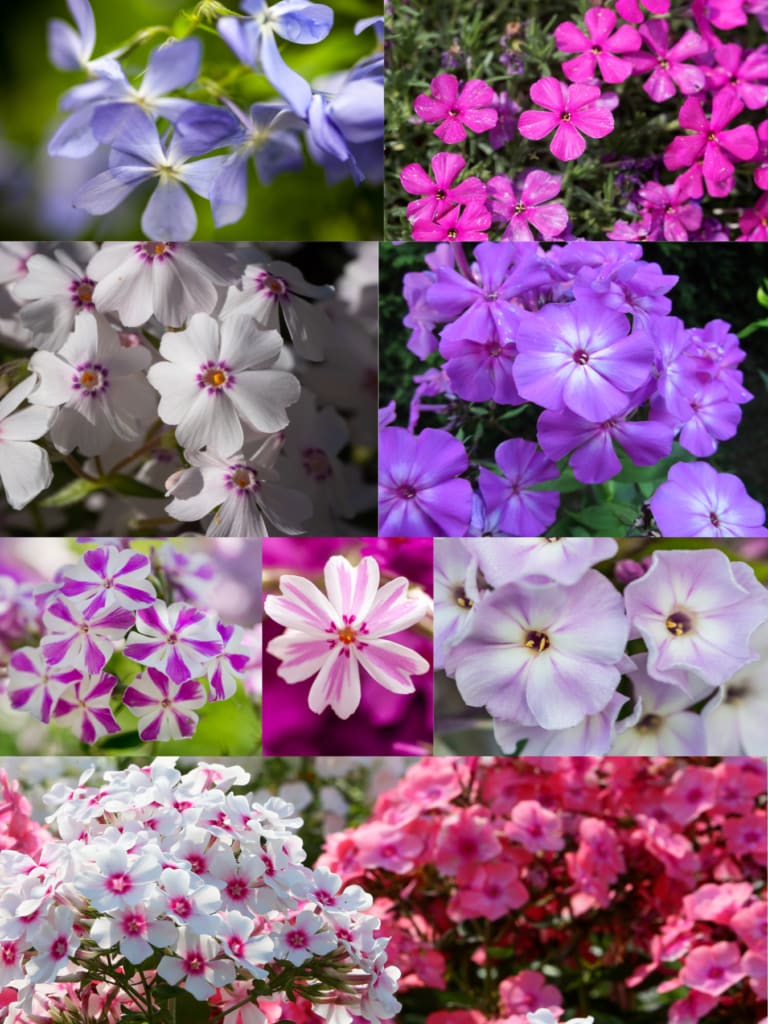
Rose (unscented, tea-type)
There are several varieties of roses today. Some people could confuse a sensitivity to the aroma of roses for an allergy issue. Yet, unless a person comes into constant touch with the blooms, rose pollen rarely causes allergies.
Old-fashioned tea roses and hybrid perpetual roses were crossed to create hybrid tea roses (Rosa x hybrida, Rose family, Rosaceae). Except for blue, hybrid teas can be grown in a wide range of colors.
Hybrid tea roses are flowering deciduous shrubs that belong to the Rosaceae, or rose family. This shrub has tall, straight stems and large, high buds. They usually only have one flower per stem. They grow quickly, reaching a height of 3 to 8 feet (about 1 to 3 m) and a width of 2 to 3 feet (about 0.5 to 1 m) in 3 to 4 years.
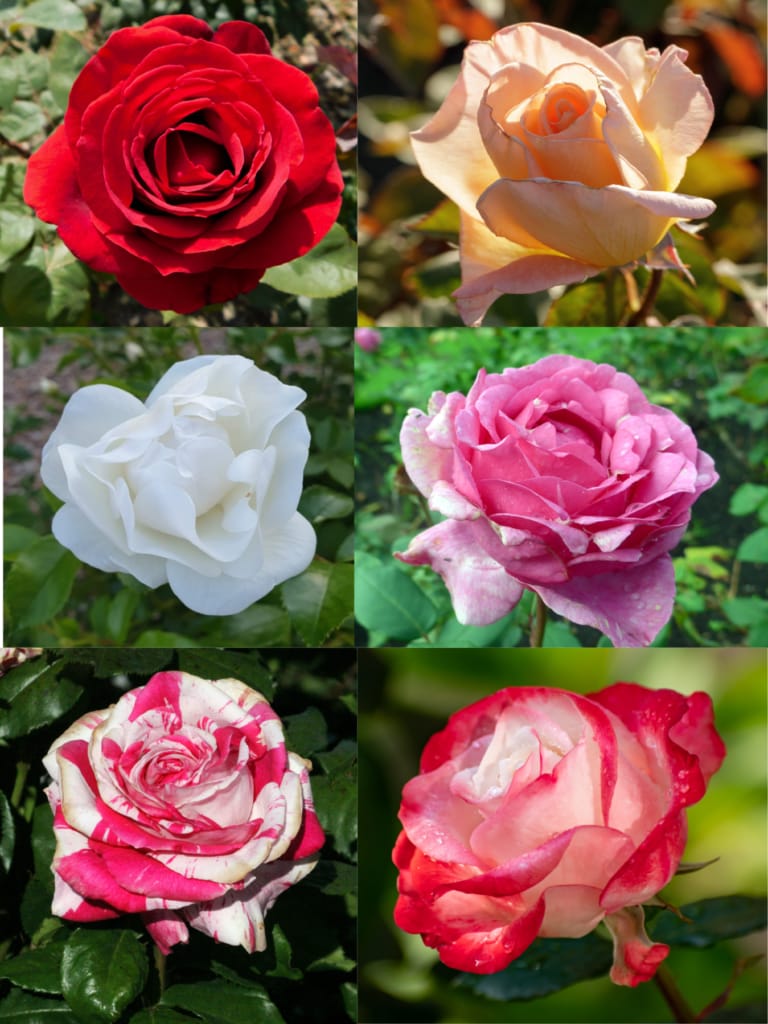
Snapdragon (Antirrhinum)
Antirrhinum is a plant genus of approximately 20 species of herbaceous plants in the Plantaginaceae family. Snapdragons are native to western North America and the Mediterranean region. They are often known as dragon flowers, snapdragons, and dog flowers due to the petals’ alleged resemblance to a dragon’s face that opens and closes its mouth when squeezed laterally.
Snapdragons come in red, yellow, pink, burgundy, bronze, orange, white, and multi-colored varieties.


Thrift (Armeria maritima)
The flowering plant species Armeria maritima, also known as the thrift, sea thrift, or sea pink, belongs to the Plumbaginaceae family. It is a small, low-clumping evergreen perennial that produces long stems that hold up globes of vivid pink flowers. Purple, white, or red flowers can also be found occasionally.

Tulip
Tulips (Tulipa) are a genus of perennial herbaceous bulbiferous geophytes in the Liliaceae family. They have bulbs as storage organs and bloom in the spring. The flowers are often huge, showy, and highly colored, ranging from red to pink to yellow to white (usually in warm colors).

Vervain (Verbena)
Verbena is a genus of the Verbenaceae family, also known as vervain or verveine. It is home to approximately 150 annual and perennial herbaceous or semi-woody blooming plants. The vast majority of the species are from the Americas and Asia. Verbena is a blooming herbaceous plant that can be annual or perennial depending on the species. The leaves are usually opposite, simple, and hairy, frequently thickly so, in several species.

Zinnia
Zinnia is a genus of plants in the Asteraceae family. They are native to scrub and arid grassland from the southwestern United States to South America, with Mexico serving as a diversity hotspot. Zinnia blooms, one of the simplest annuals to grow, add a splash of color everywhere they go.


How to keep your indoor plants healthy and safe for you?
Even if you choose the appropriate plants, maintaining them healthy is important to their ability to remain asthma-safe.
If your plant develops growths, sickness, or begins to decompose, you may wind up inhaling mold and microscopic particles that aggravate your asthma.
You could inhale toxic compounds that cause inflammation and bronchospasm whether you physically care for plants or if you are among plants that have been chemically treated with fertilizers, insecticides, herbicides, or fungicides (sudden narrowing of the airways).
The following sensible plant-care techniques can be useful:
- Avoid overwatering to keep insects and mold away.
- Remove moldy or dead parts.
- Use the ideal container for each of your plants.
- Maintain the ideal conditions for your plant (sun, shade, and temperature).
- When needed, use organic fertilizers on your plants.
Final thoughts
You can learn how to design an allergy-friendly plant environment that will ease all of your springtime anxieties with careful planning and allergy-friendly plants.
Even with the right plants, their ability to continue being asthma-safe depends on your ability to keep them healthy.
Note: If you are unsure which plants are causing your symptoms, your healthcare practitioner may offer allergy testing and/or allergy injections or immunotherapy treatment.
Read more about:
- Allergy and Asthma-Friendly Grasses and Shrubs
- Allergy and Asthma-Friendly Trees
- Are Indoor Plants Beneficial for Human Health?
- Do Houseplants Purify Indoor Air?
Did you find this article helpful?
Share with others and help spread the knowledge!
Sign Up for Our Email List
Get our latest articles, healthy recipes, tips, and exclusive deals delivered straight to your inbox with our newsletter.
We won't send you spam. Unsubscribe at any time.






